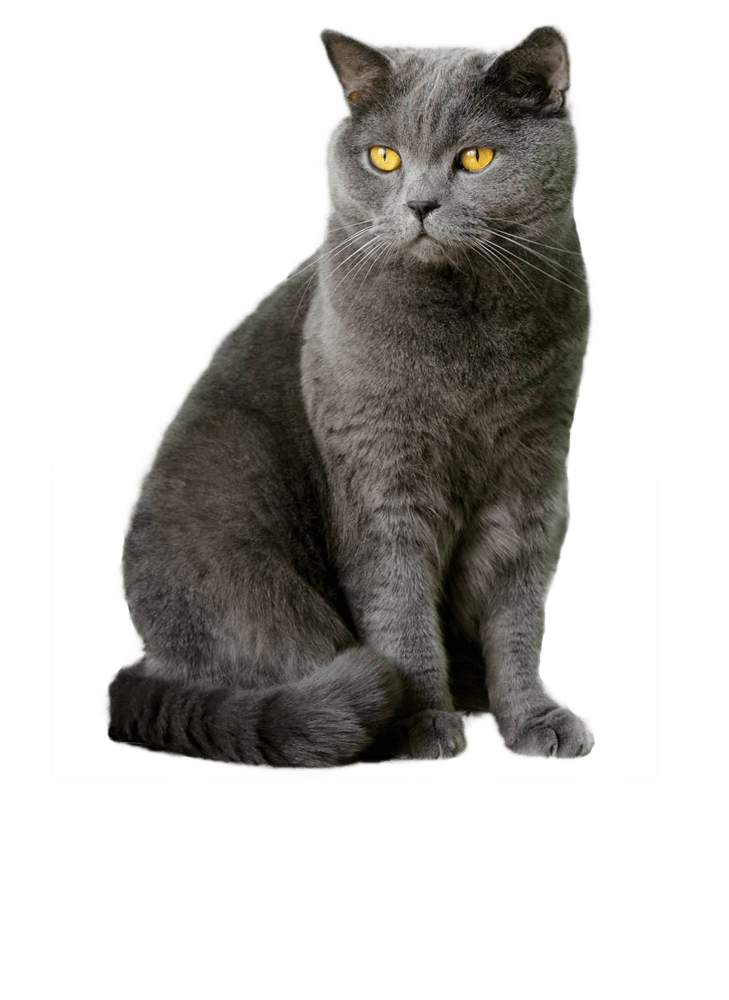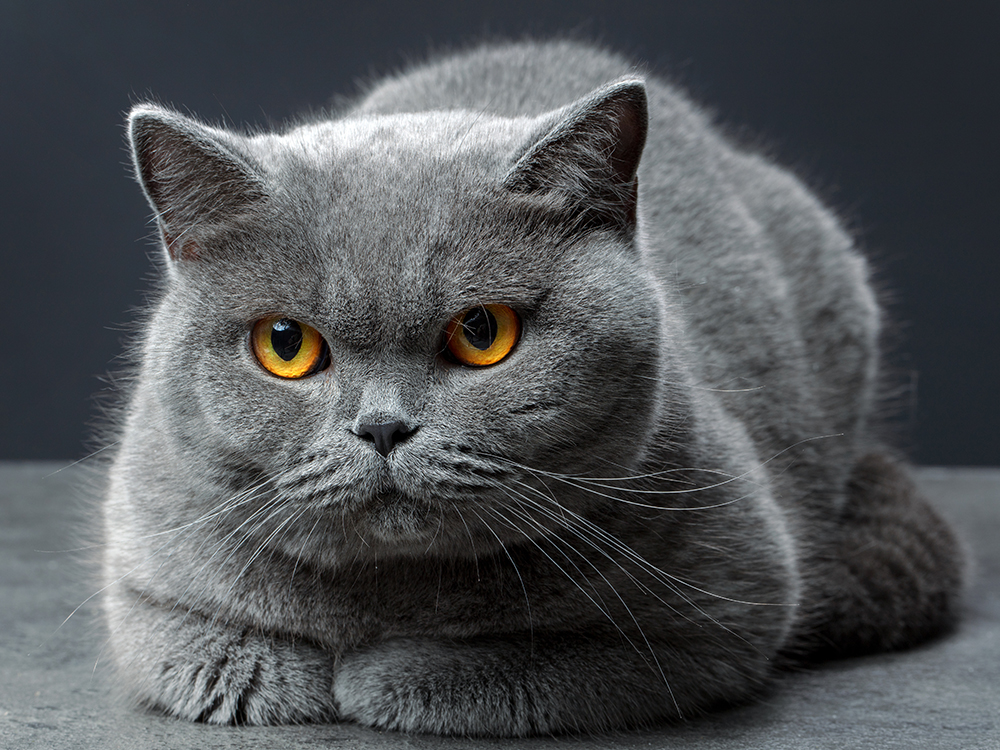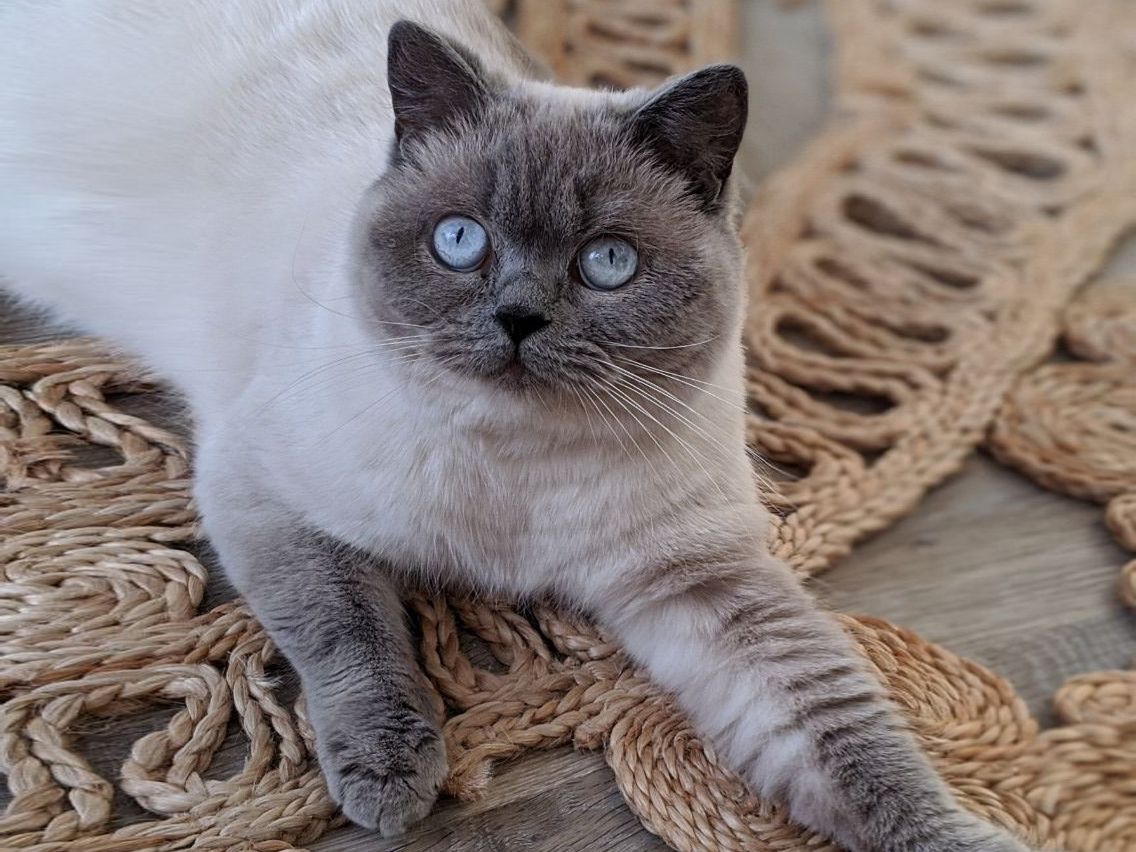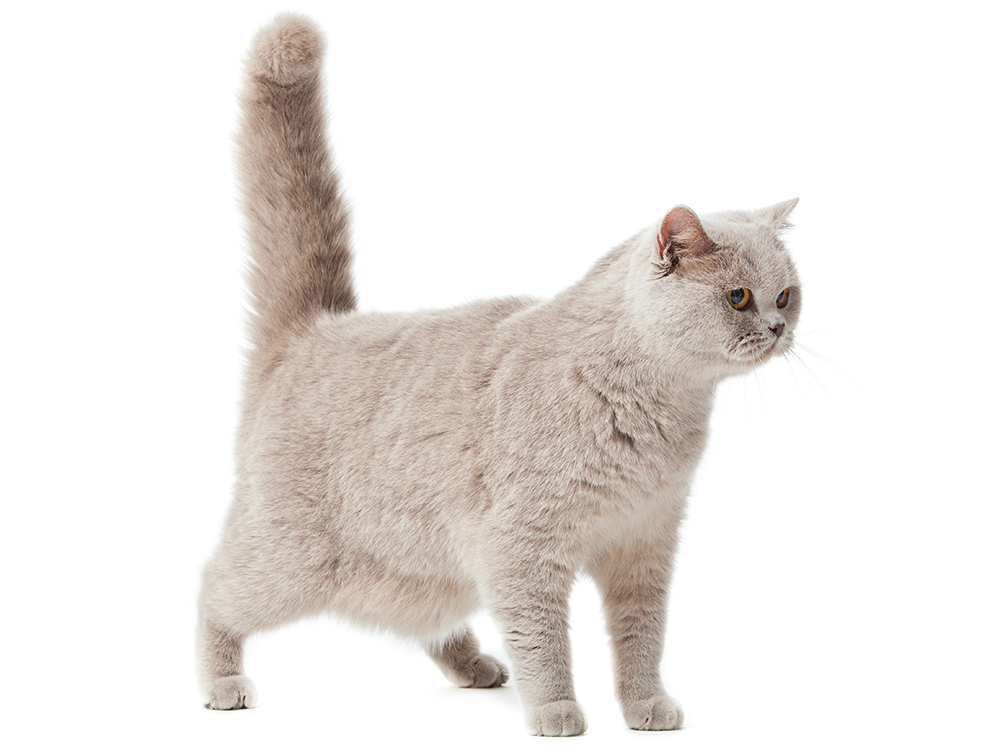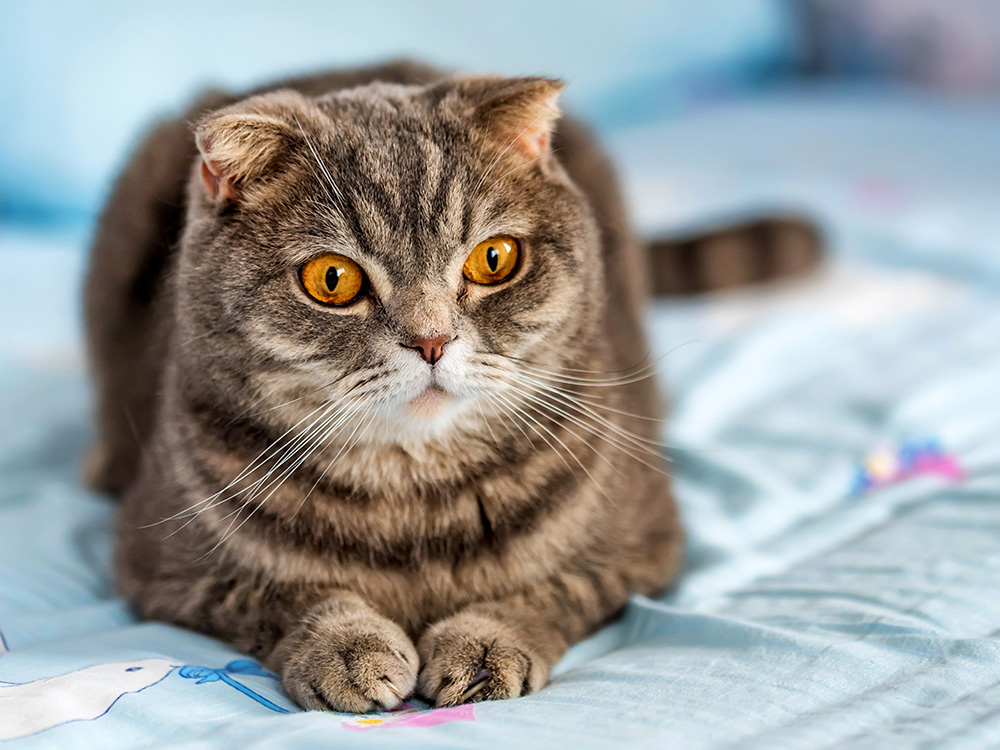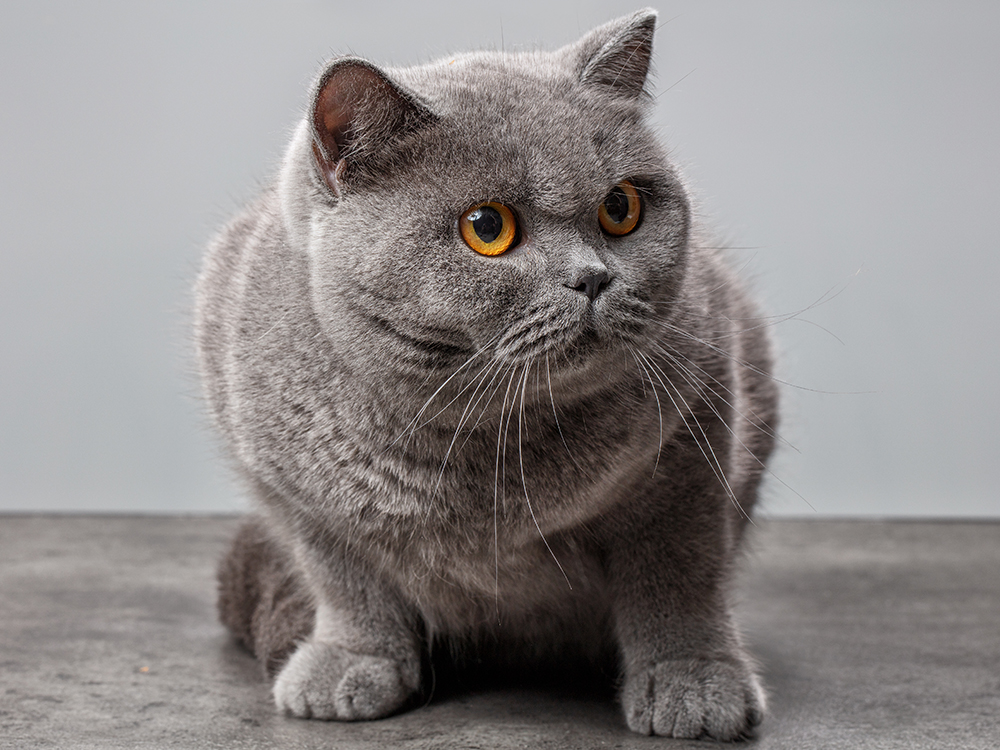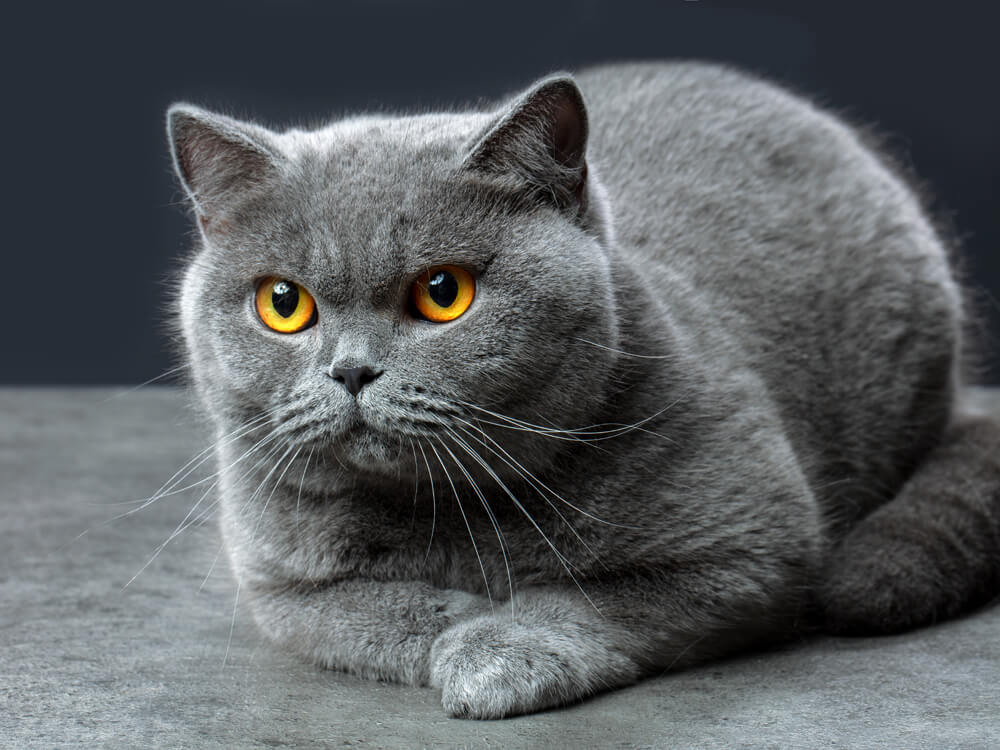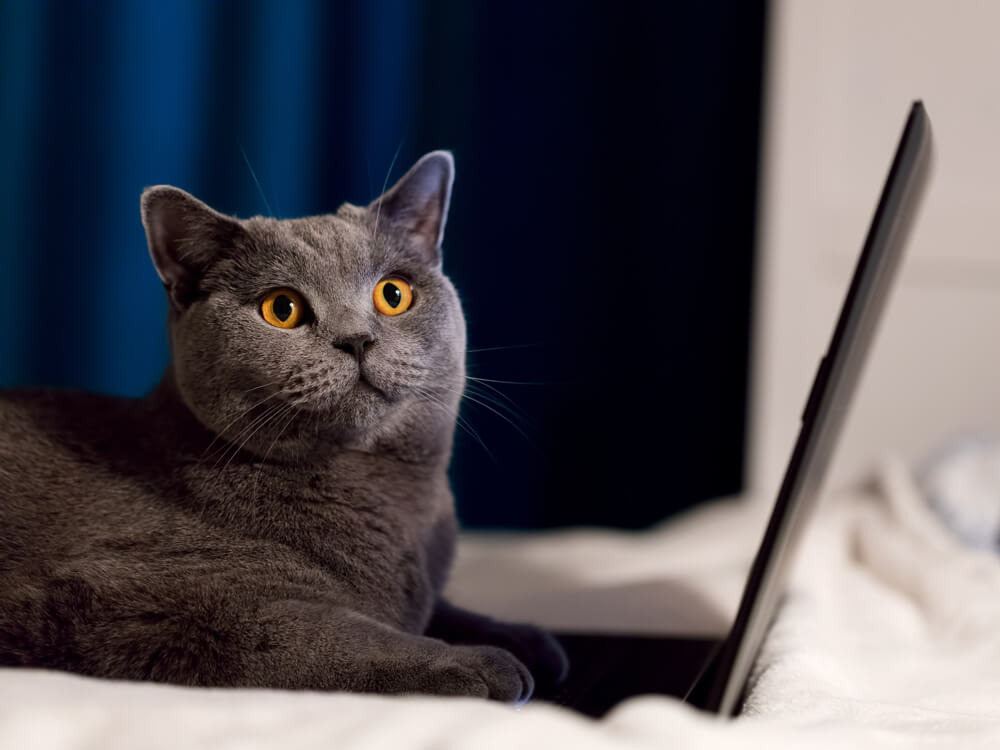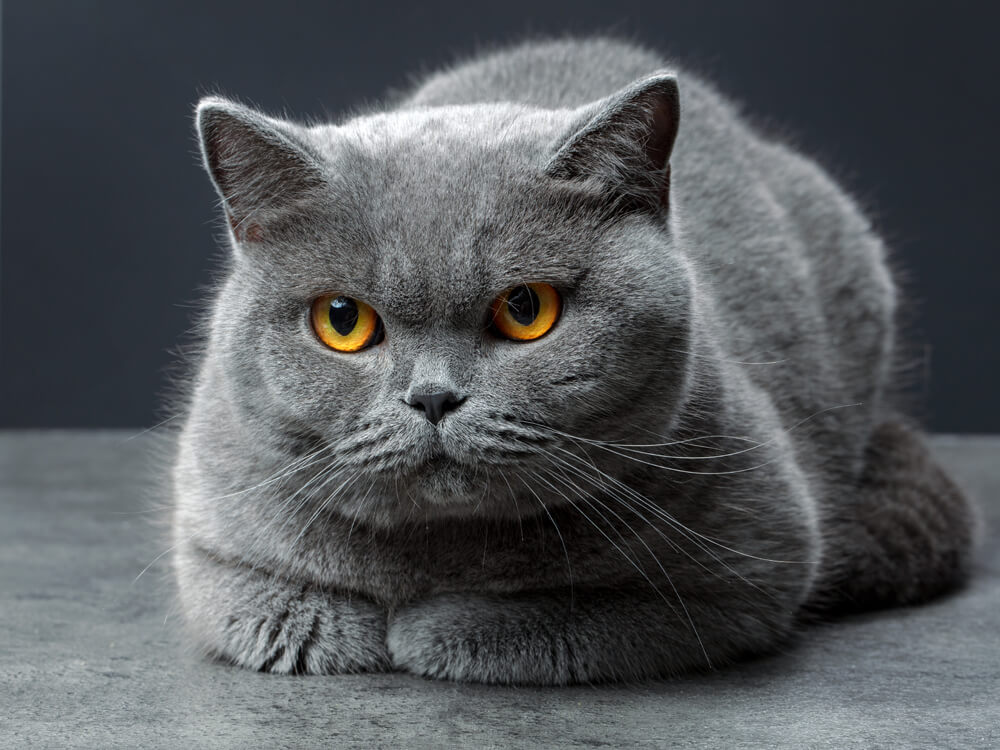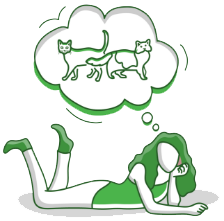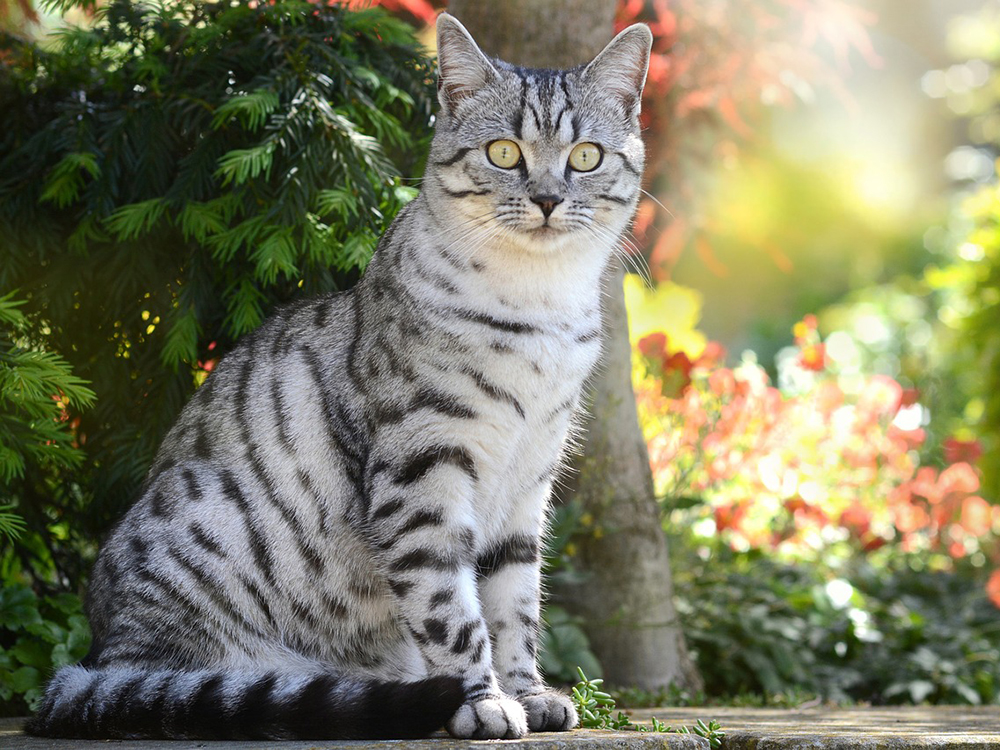
British Shorthair Breed Pictures
Vital Breed Stats
| Weight: | 5 - 9 kg M | 4 - 6 kg F |
| Life Expectancy: | 15 - 18 years |
Breed Characteristics
| Size: |  |
| Grooming: |  |
| Trainability: |  |
| Good with Children: |  |
| Good with other pets: |  |
| Affectionate: |  |
| Active Level: |  |
Give a thumbs up if you love the British Shorthair

0
More About the Breed
History
The British Shorthair cat is said to have arrived in Great Britain through the Romans. When the latter invaded in 43 C.E., they brought their cats to the new territory. It has been said that such felines were Egyptian domestic cats. The British Shorthair emerged from interbreeding with the local wildcats.
Despite being an old cat breed, this feline was only recognised as a distinct breed in 1870. Selective breeding of the best specimens also began during the 1800s, with the blue-grey type being the desired variant. With its status as a pedigree breed, the British Shorthair gradually became popular. In fact, the Cheshire Cat in “Alice’s Adventures in Wonderland” and “Puss in Boots” were said to be based on this breed.
At the turn of the 20th century, the long-haired varieties started outrunning the short-haired ones in popularity. When British Shorthair breeders ceased developing this feline during the 2 World Wars, this feline nearly died out. Thankfully, a number of cat fanciers were able to preserve what’s left of the breed. They crossbred the British Short hair with Persians, Burmese, and Russian Blues to ensure its survival. The breed did survive and later regained its popularity, ranking at the top of the list of most registered cats in the UK.
Appearance and Grooming
Known as the “bulldog of cats,” the British Shorthair is a large, solid, and strong cat. On average, it weighs between 9lbs to 15lbs. Well-proportioned, with a big cobby body and big head, this cat breed has a round face and lush cheeks. These, plus its large and round eloquent eyes, lend it an irresistibly endearing appearance. Its small ears are rounded at the ends and are set proportionally apart on its domed head.
This feline has a deep chest and sizeable shoulders and backsides. Its legs are short but strong, ending in round paws with close-fitting toes. The back feet only have four toes whilst the front ones have five. The tail is thick with a rounded tip and is a little on the longer side. The variations of the coat colours and patterns are as many as 30. Greyish blue is the most favoured one. Although very dense, its coat does not include an undercoat. As such, the texture is firm and plush like a Teddy bear. Its pile is crisp and breaks in places that are engaged in movement.
Grooming this feline is easy as weekly brushings are sufficient to keep its coat in tip-top condition.
Temperament and Intelligence
Despite its powerful and large build, the British Shorthair is a sweet, calm, and loving kitty. Being a large breed, it matures more slowly than other felines, retaining its kitten-like ways between its 3rd and 5th year. It likes to poke its nose into the goings-on in the home. It likes attention although it is known to be quiet and undemanding. Whilst not a lap cat, it likes to stay close to its humans. But it can amuse itself when its owners are away.
This cat favours the ground more than high places. It may not be an energetic kitty, but it likes to play with toys or engage in interactive games. It also likes to explore the outdoors. As an indoor pet, it adapts well as long as it is given enough attention or opportunities for physical and mental stimulation.
Intelligent and adaptable, the British Shorthair makes a good family pet as it is also good with kids. It is also a great choice for first-time cat owners.
Nutrition and Feeding
The British Shorthair cat should be provided with a nutritious diet that is in accordance with its breed’s nutritional requirements. It should be consistently offered the same food following the same feeding times. If there are changes to its diet, those must be done slowly to prevent digestive issues.
The serving size should depend on the cat’s weight, age, and activity level. Its diet must include at least 25% protein and just 5% carbohydrates.
Health and Exercise
- Hypertrophic cardiomyopathy (thickening of heart muscle)
- Polycystic kidney disease
- Haemophilia B
Cost of Ownership
The price for a well-bred British Shorthair kitten can range from £150-£500. Insurance costs on average would reach £12 (basic) to £23 (lifetime) a month. The costs for feline food may range £10-£15 monthly. For vaccinations, boosters, annual checks and other veterinary costs, pet care costs may add up to more than £500 each year.
On average, a British Shorthair owner will spend about £30-£40 per month. The insurance costs can also affect this estimate. For its lifetime (14-20 years), the expenses can be as low as £5,040 to as high as £9,600. This range does not include the initial costs incurred in buying this cat.
Is a British Shorthair Right for You?
- UK’s most popular cat is sweet, affectionate, and even-tempered.
- As it is good with children and has a kitten-like nature, it makes a suitable family pet. It’s also recommended for first-time owners.
- Its short and plush coat makes grooming easy. Weekly brushings are sufficient.
- The British Shorthair is prone to becoming overweight. As such, its weight needs to be monitored and that it should be given opportunities to exercise daily.
- Although not a lap cat (it dislikes being carried or picked), it likes to be involved in its household’s goings-on.
